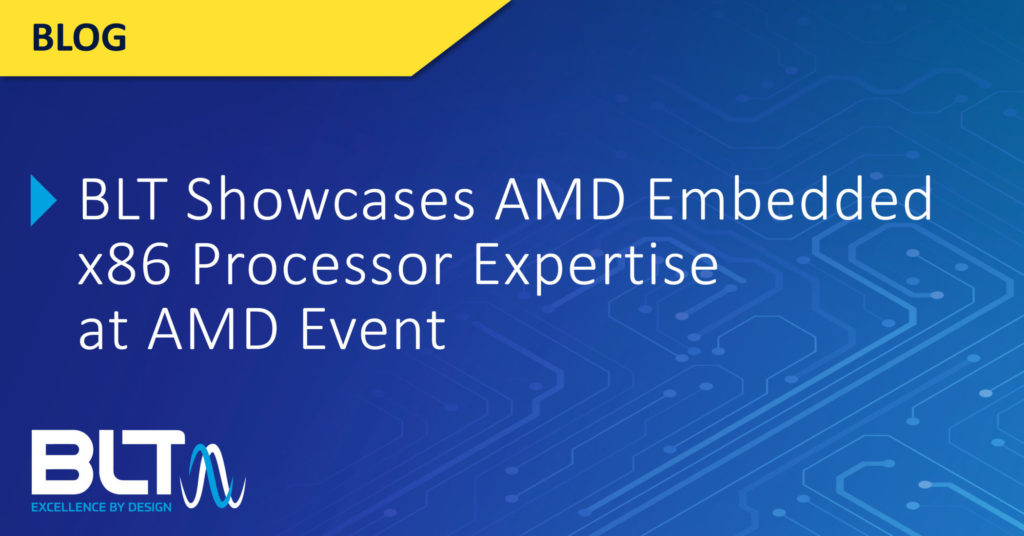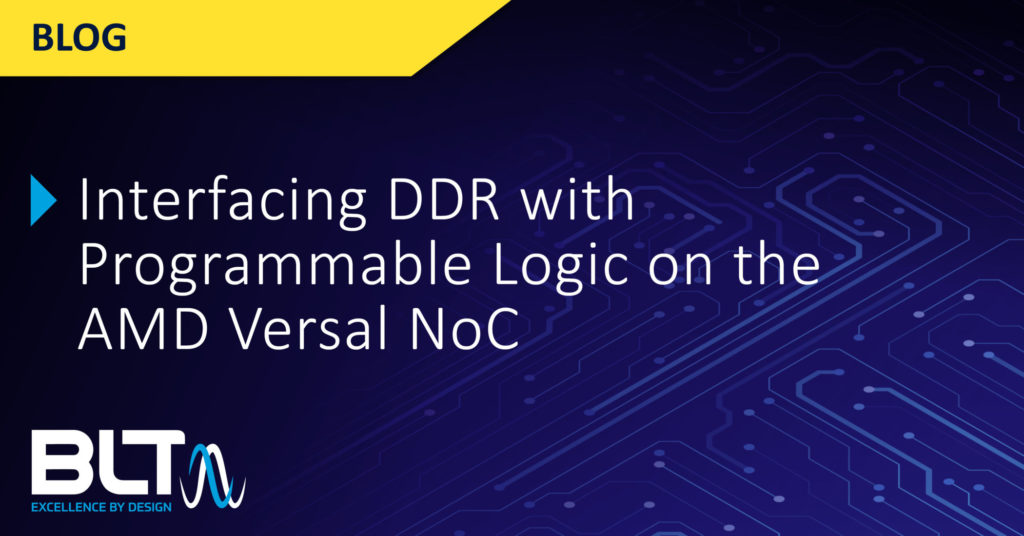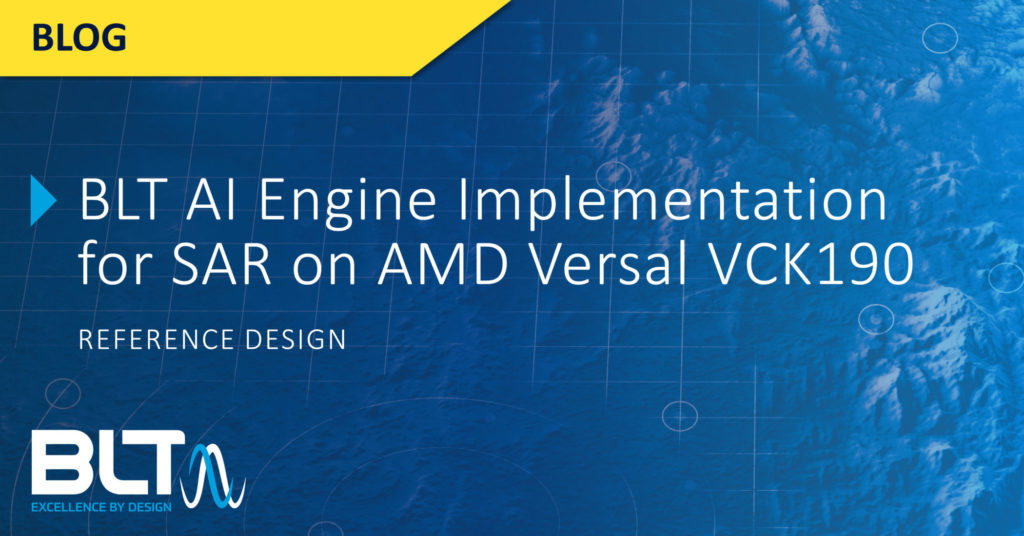
BLT at AMD Security Working Group: Building Security into Tomorrow’s Systems
This fall took us to two AMD Security Working Group events: first to Colorado in October, then to Washington, DC in November. After decades of working with AMD, these SWG events have become some of our favorite gatherings of the year. There's something special about being in a room with people who truly understand what's … Continued








